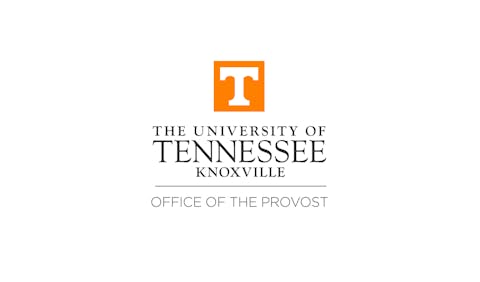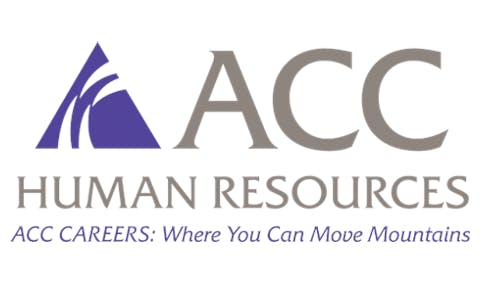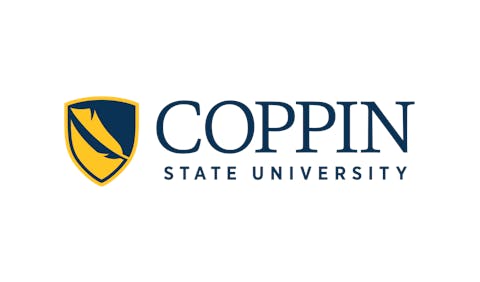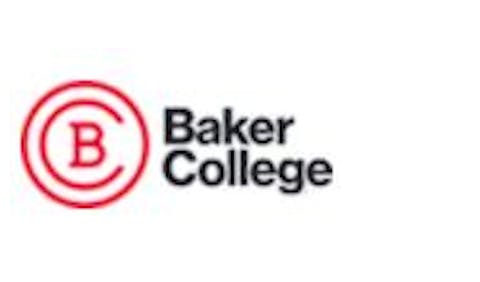 File photo
File photo
The percentage of high school students expecting to earn at least a bachelor's degree dropped from 72% in 2002 to just 44% in 2022—a 28-percentage-point decline—according to data from the National Center for Education Statistics Secondary Longitudinal Studies Program.
First-generation students, defined as those whose parents' highest educational attainment is a high school diploma, saw their bachelor's degree expectations fall from 60% in 2002 to 33% in 2022. Students with at least one parent holding a bachelor's degree also experienced a significant drop, from 83% to 53% over the same period.
"This analysis demonstrates that student views on attaining higher degrees have changed over time, with fewer high school students indicating aspirations for bachelor's degrees," wrote researchers Sean Simone and Elise Christopher in the brief.
The findings come as media narratives increasingly question whether college is worth the investment, given rising costs and student debt concerns. However, national studies consistently show that higher levels of education correlate with higher earnings, upward mobility, improved health outcomes, and greater civic engagement.
Perhaps most striking is the dramatic increase in students unsure about their educational future. The percentage of high school students who reported not knowing what their highest degree would be nearly tripled—from 10% in 2002 to 27% in 2022.
"While the data are correlational, the narrative on the uncertainty in paying for college likely increases uncertainty for high schoolers as they plan for their future education," the researchers noted.
The decline in educational aspirations represents a stark disconnect from parental expectations. A recent Gallup and Lumina Foundation survey found that 59% of parents with children under 18 prefer their child enter college after high school, with 40% wanting their child to attend a four-year institution.
The findings pose significant challenges for policymakers and educators committed to expanding opportunity and economic mobility, particularly as the workforce increasingly demands postsecondary credentials.
The research analyzed data from three major longitudinal studies: the Education Longitudinal Study of 2002, the High School Longitudinal Study of 2009, and the High School and Beyond Study of 2022. These studies surveyed students during their freshman or sophomore years of high school about their educational expectations.
The Pell Institute, dedicated to supporting college access and success for low-income and first-generation students through research and statistics, noted that all differences mentioned in the brief were statistically significant at the 0.01 level.


















